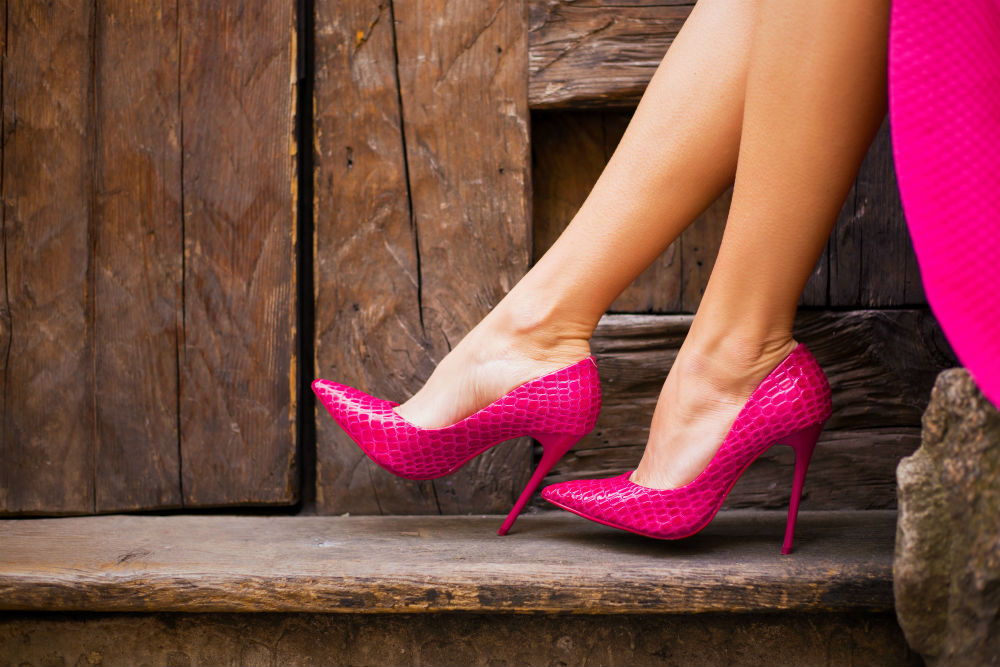
Image Source: Google
High heels have been a staple in women's fashion for centuries, evolving from a mere fashion statement to a symbol of empowerment. This iconic footwear has undergone many transformations throughout history, reflecting changes in society, culture, and women's roles. If you need more information about women high heels, you may visit here https://www.xylondon.com/heels
From their humble beginnings to becoming a symbol of independence and confidence, high heels have a rich and complex history that continues to shape fashion trends and empower women around the world.
The Origins of High Heels
Early History
- The concept of high heels can be traced back to ancient Egypt, where both men and women wore heels to symbolize social status and wealth.
- In ancient Greece and Rome, high heels were worn by actors on stage to differentiate between characters based on their height and social standing.
- In the 15th century, Persian soldiers wore heeled shoes to secure their feet in stirrups while riding horses.
The Rise of High Heels in Fashion
- During the 16th century, high heels became a popular fashion trend among European aristocracy, symbolizing privilege and luxury.
- In the 17th century, King Louis XIV of France popularized high heels by wearing them as a symbol of power and authority.
- High heels were also associated with femininity and elegance during this period, leading to their widespread adoption by women in European courts.
The Evolution of Women's High Heels
The Industrial Revolution
- With the advent of the Industrial Revolution in the 18th century, high heels became more accessible to the general population as mass production made them more affordable.
- High heels were no longer reserved for the elite, and women from all social classes began incorporating them into their wardrobes as a fashion statement.
The Golden Age of Hollywood
- In the early 20th century, Hollywood actresses like Marilyn Monroe and Audrey Hepburn popularized high heels as a glamorous and seductive accessory.
- High heels became synonymous with beauty, elegance, and sophistication, further cementing their status as a fashion staple for women.
The Feminist Movement
- During the 1960s and 1970s, the feminist movement challenged traditional gender norms and expectations, including the pressure on women to conform to beauty standards like wearing high heels.
- Some feminists viewed high heels as a symbol of oppression and objectification, advocating for more comfortable and practical footwear options for women.
High Heels: A Symbol of Empowerment
Self-Expression and Confidence
- Despite criticism from some feminist groups, many women view high heels as a form of self-expression and empowerment, allowing them to feel confident and powerful.
- High heels are often worn to special occasions, job interviews, or important meetings as a way to assert authority and make a statement.
Inclusivity and Diversity
- Today, high heels come in a variety of styles, colors, and heights, catering to a diverse range of preferences and tastes.
- Designers and brands are embracing inclusivity by offering extended size ranges and more comfortable options without compromising on style.
Redefining Beauty Standards
- High heels have the power to challenge traditional beauty standards and redefine notions of femininity and strength.
- Women of all shapes, sizes, and backgrounds can embrace high heels as a tool for self-expression and empowerment, breaking free from societal expectations.
In conclusion, the evolution of women's high heels from a fashion statement to a symbol of empowerment reflects the changing roles and perceptions of women in society. While high heels have faced criticism for their perceived impracticality and discomfort, many women continue to embrace them as a powerful tool for self-expression, confidence, and empowerment. As fashion trends evolve and society progresses, high heels will likely continue to be a symbol of strength and independence for women around the world.
